Gardner Embryo Grading System
Gardner embryo grading system. Day 3 embryos ideally consist of 6-8 cells held within an outer shell called the zona pellucida. Our embryologists use their experience to grade the embryos in order to select the best embryo for transfer hopefully increasing the odds of a successful pregnancy. Fully expanded with an inner cell mass and trophectoderm grade A or B had the highest implantation rate so this became the criteria for the grade A blastocysts in our simplified system.
Blastocyst-morphology grading system based on the criteria established by Gardner and Schoolcraft. You may receive a report with a number and 2 letter grades for the two different parts of each blastocyst the inner cell mass or ICM which is what becomes the fetus and the outer layer called the trophectoderm or TE which is what becomes the. Blastocyst development stage inner cell mass quality and trophectoderm quality.
We demonstrate a positive correlation between the calculated BQS score and cell number by staining thawed human embryos and suggest that BQS can be applied to evaluate culture systems clinically. Blastocyst development ranking from 36 ICM quality as A B or C. There are three major components to blastocyst stage embryo grading when using a classification system known as Gardner-Schoolcraft scoring named after the two people who came up with it.
Oocytes are retrieved from the ovaries by a transvaginal aspiration needle. The present study is a review of the current SART 3-point embryo grading method. By day 5 as the embryo continues to grow the number of cells increases and at this stage the cells also start to differentiate into specific cell types.
Inner cell mass ICM score or quality. In 2009 when we decided to simplify our blastocyst grading system it was noted from our experience of using the Gardner grading system that any blastocyst that had a Gardner expansion grade of 4 5 or 6 ie. Clinics that grade embryos on day 3 of growth typically use a grading system ranking the embryos on a scale of 1 to 5 with 1 being the best some clinics may use 5 as the best.
The embryo grading process assesses embryo quality and requires a vast amount of training and skill. The Gardner system of grading embryos at the blastocyst stage was developed in the 1990s and is the standard used by many embryology labs. The Gardner system of embryo grading was developed in the 1990s and allows the embryologist to give each embryo a quality score based on three distinct parts of a mature embryo also called a blastocyst.
Blastocyst grading is mainly done using the Gardner system Gardner and Schoolcraft 1999. After pre-processing the images were divided into training validation and test groups in which 60 were allocated to the training group 20 to the validation group and 20 to the test group.
Day 3 embryos ideally consist of 6-8 cells held within an outer shell called the zona pellucida.
Our scoring of and EXBl-1 blastocyst embryo would be equal in grade to a 4AA grading system often referred to as Gardner grading system A correlation and hierarchy of grading from best to worst would be. The embryo grading process assesses embryo quality and requires a vast amount of training and skill. In 1999 pioneering fertility doctors David Gardner and William Schoolcraft introduced a blastocyst grading system that was adopted widely by IVF laboratories because of its success rate. Blastocyst grading is done primarily using the Gardner system Gardner and Schoolcraft 1999. Oocytes are retrieved from the ovaries by a transvaginal aspiration needle. In 2009 when we decided to simplify our blastocyst grading system it was noted from our experience of using the Gardner grading system that any blastocyst that had a Gardner expansion grade of 4 5 or 6 ie. Blastocyst-morphology grading system based on the criteria established by Gardner and Schoolcraft. Grading Day 3 Embryos. We demonstrate a positive correlation between the calculated BQS score and cell number by staining thawed human embryos and suggest that BQS can be applied to evaluate culture systems clinically.
And TE quality as a b or c. Embryo and oocyte grading system by Gardner will be used for morphological analysis of embryos at cleavage as well as at blastocyst stage according to the day of transfer. We demonstrate a positive correlation between the calculated BQS score and cell number by staining thawed human embryos and suggest that BQS can be applied to evaluate culture systems clinically. Blastocyst grading is mainly done using the Gardner system Gardner and Schoolcraft 1999. Inner cell mass ICM score or quality. Blastocyst quality score BQS first reported by Rehman et al is a numerical blastocyst-morphology grading system based on the criteria established by Gardner and Schoolcraft. The blastocele is greater than or equal to half of.

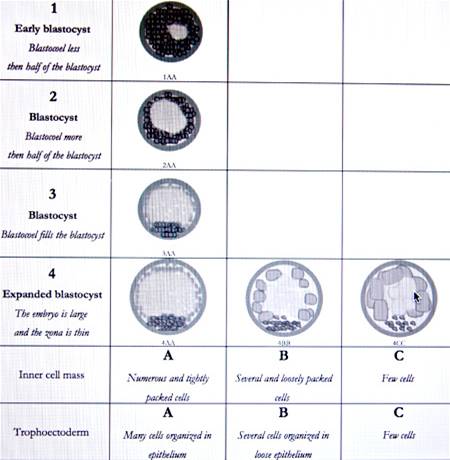

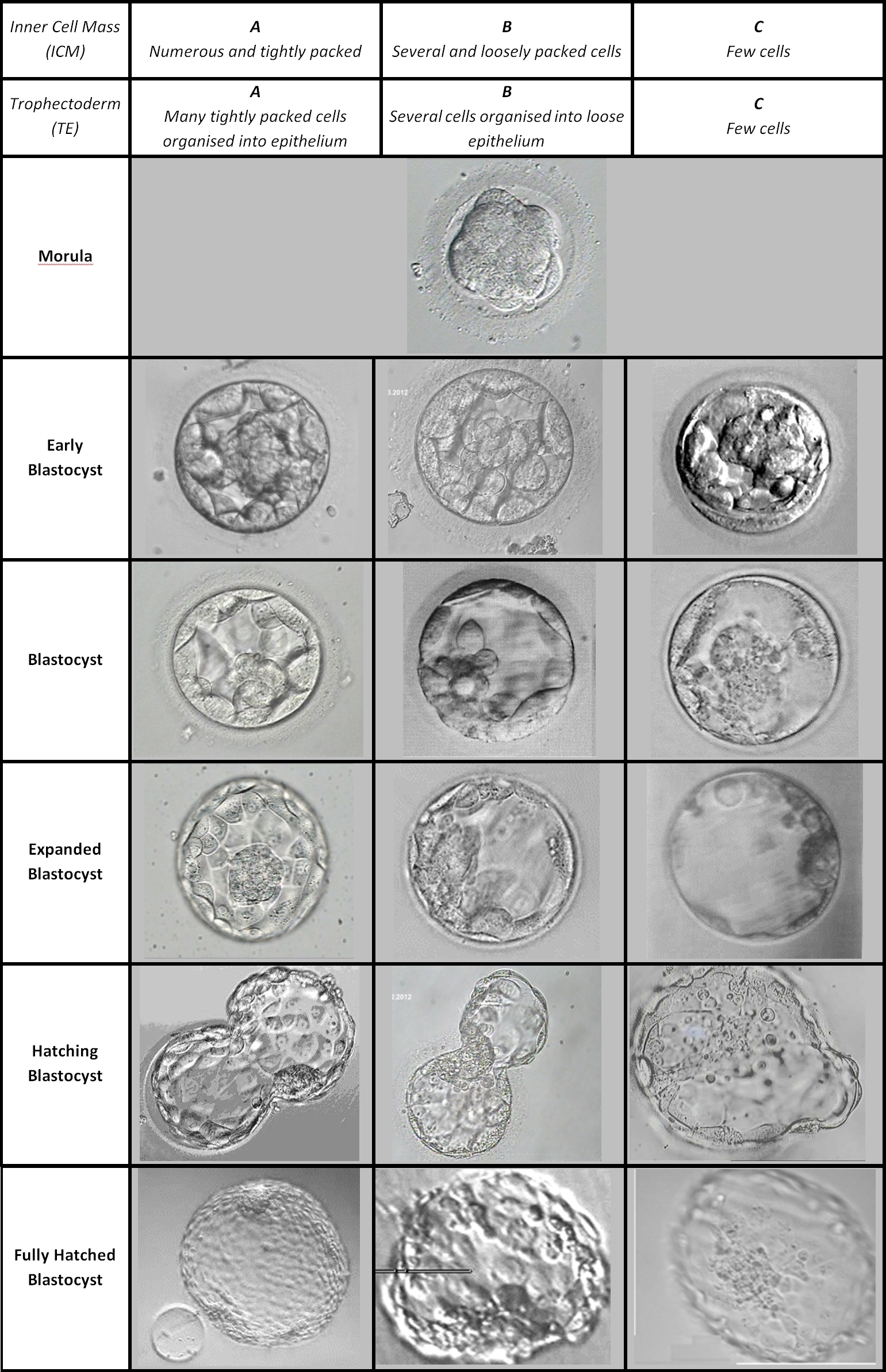








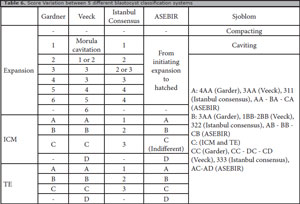


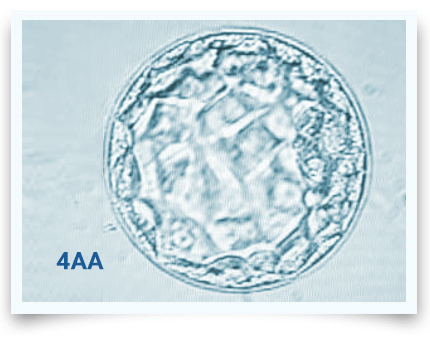
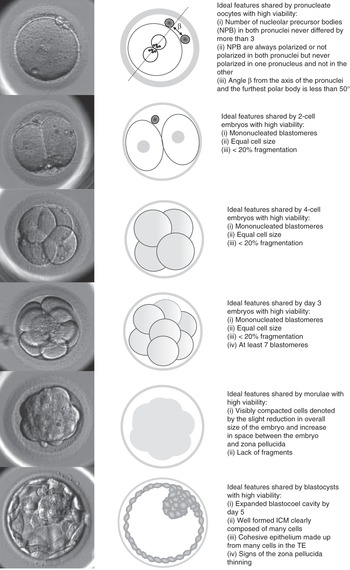

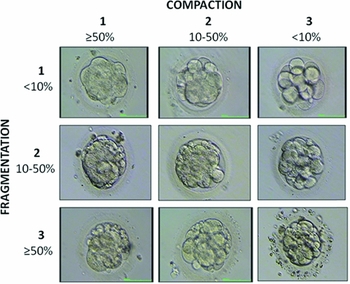
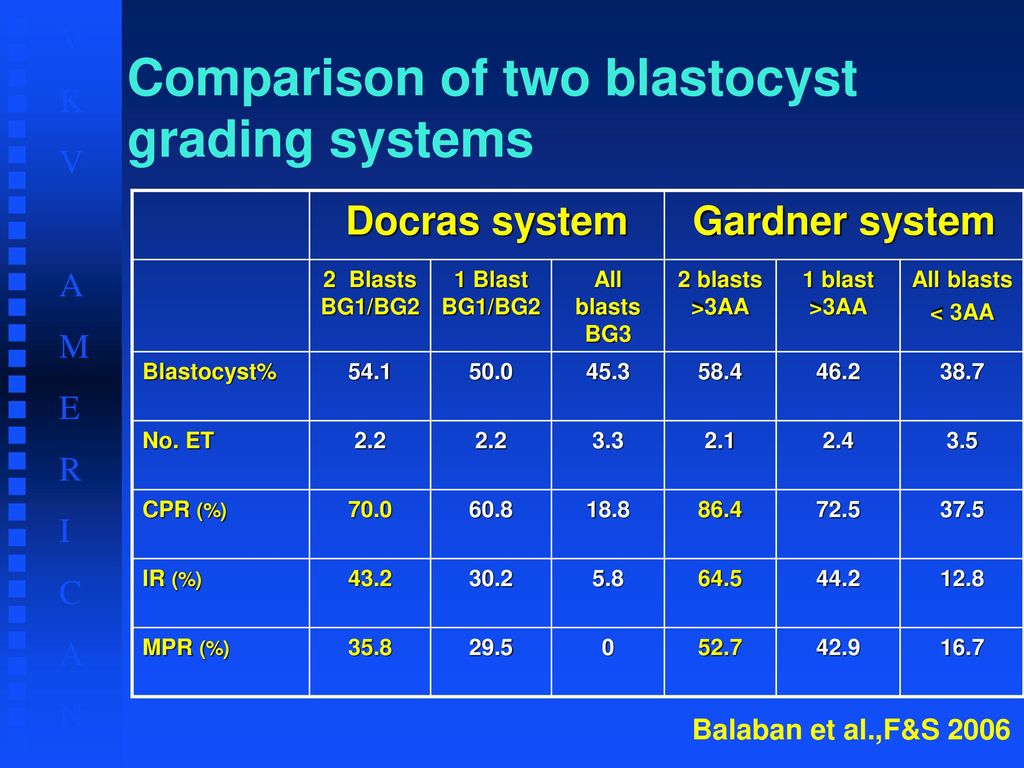






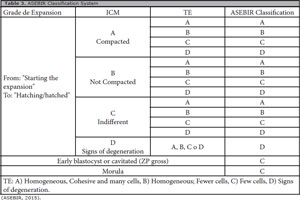
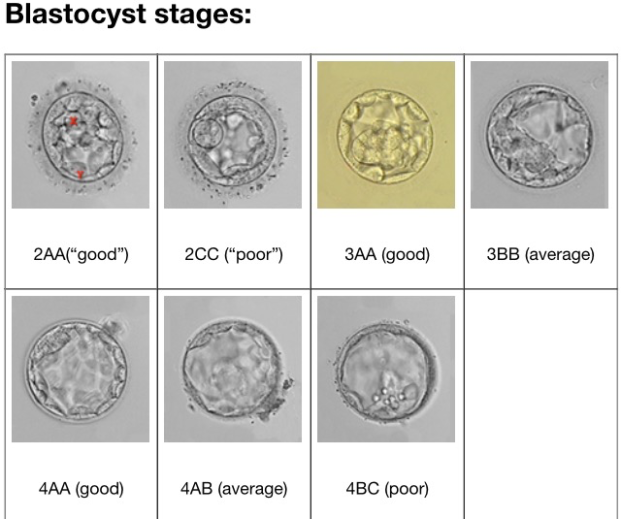

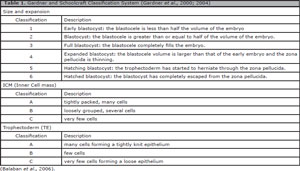

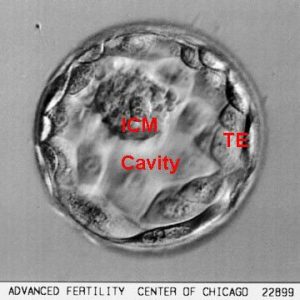



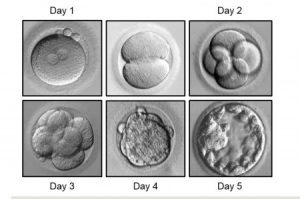
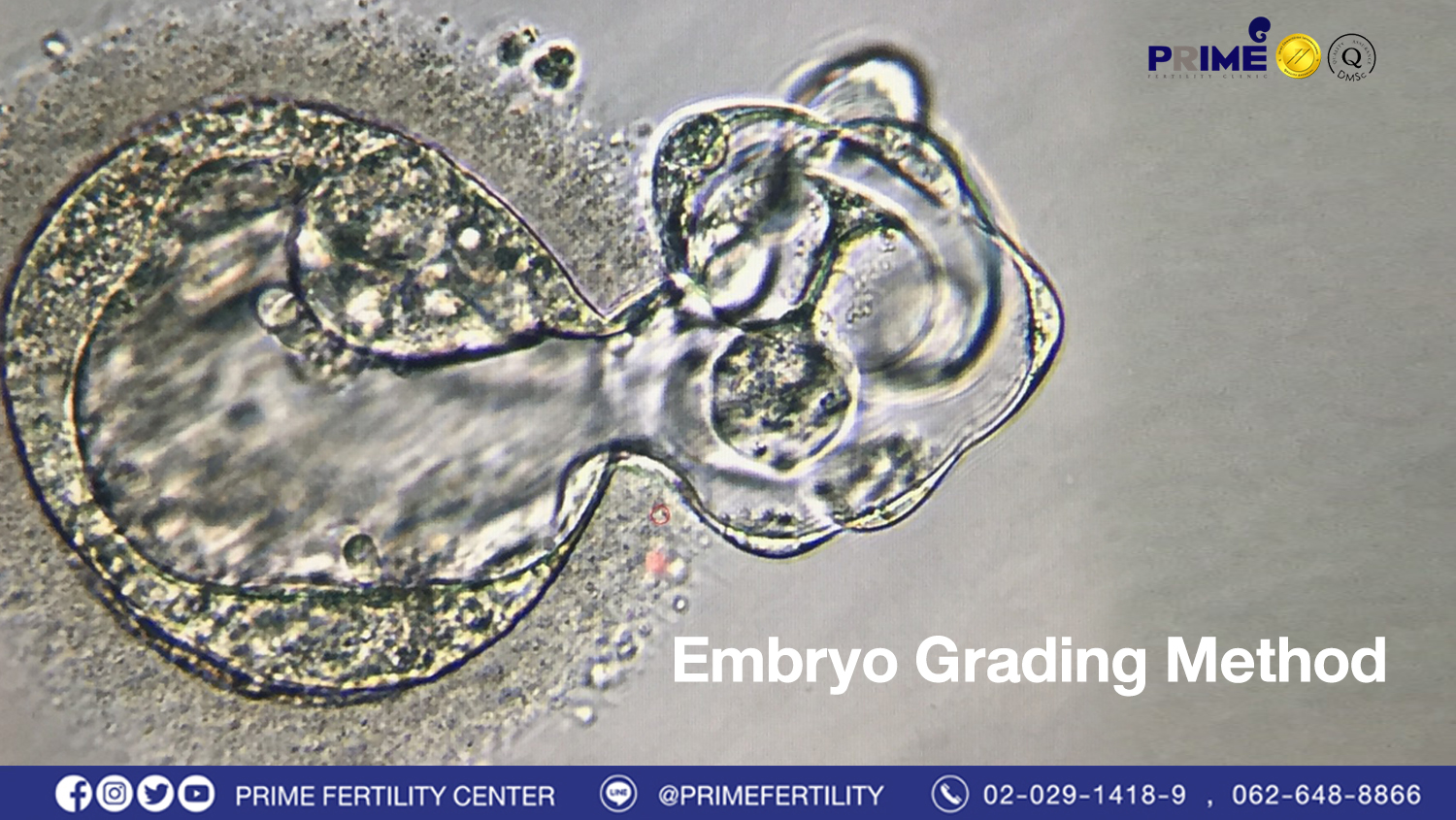

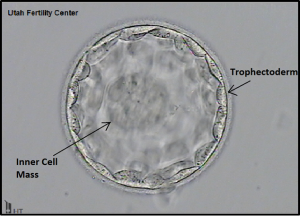
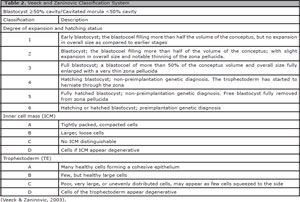
Posting Komentar untuk "Gardner Embryo Grading System"